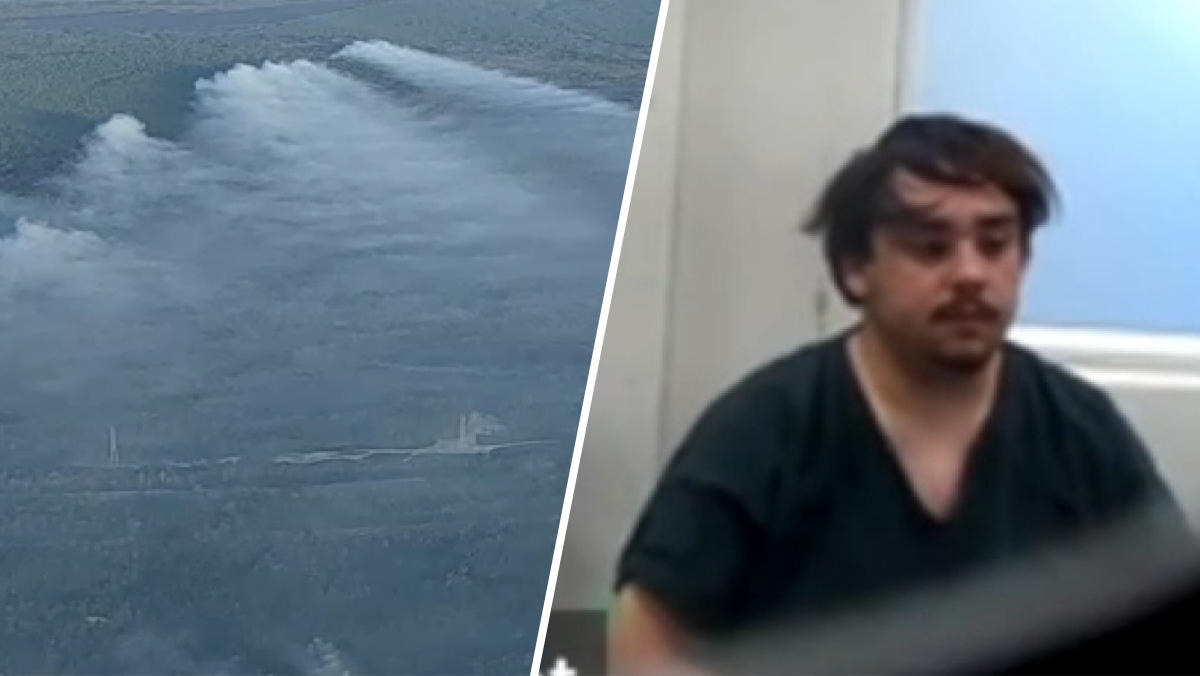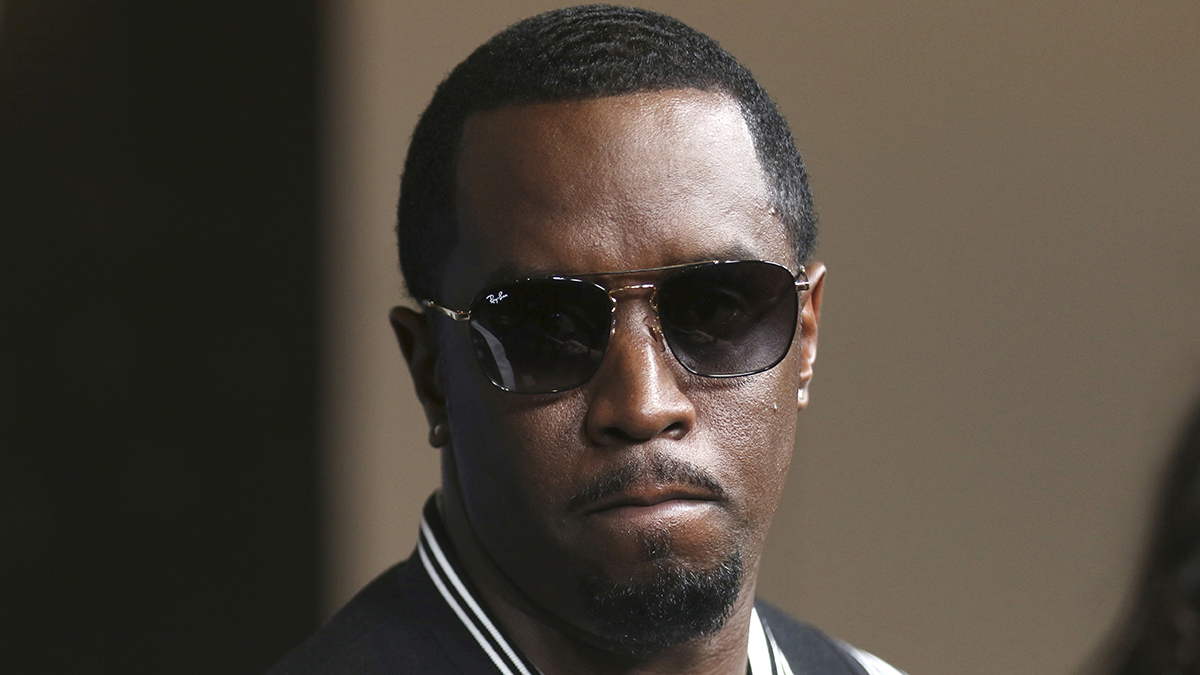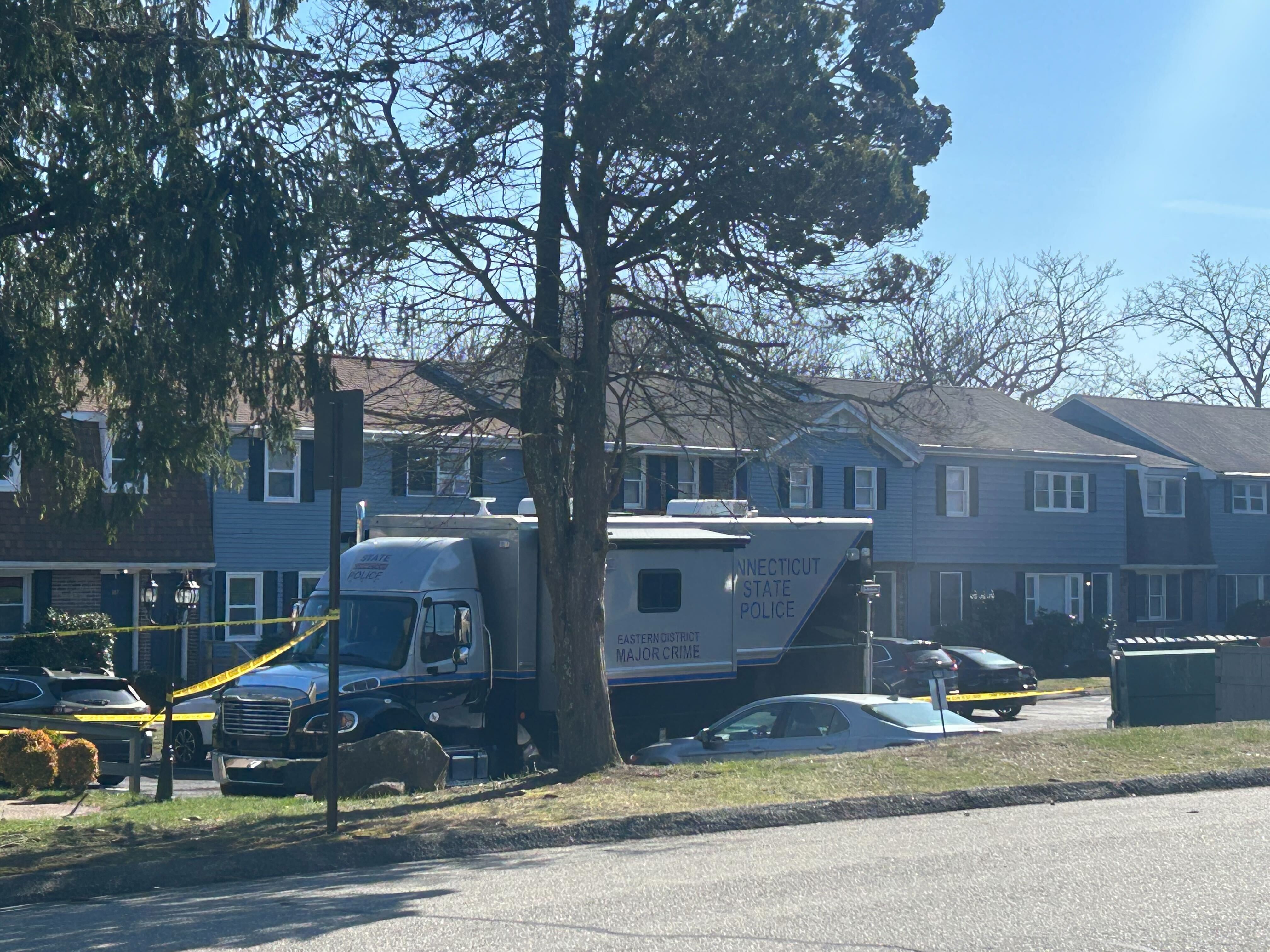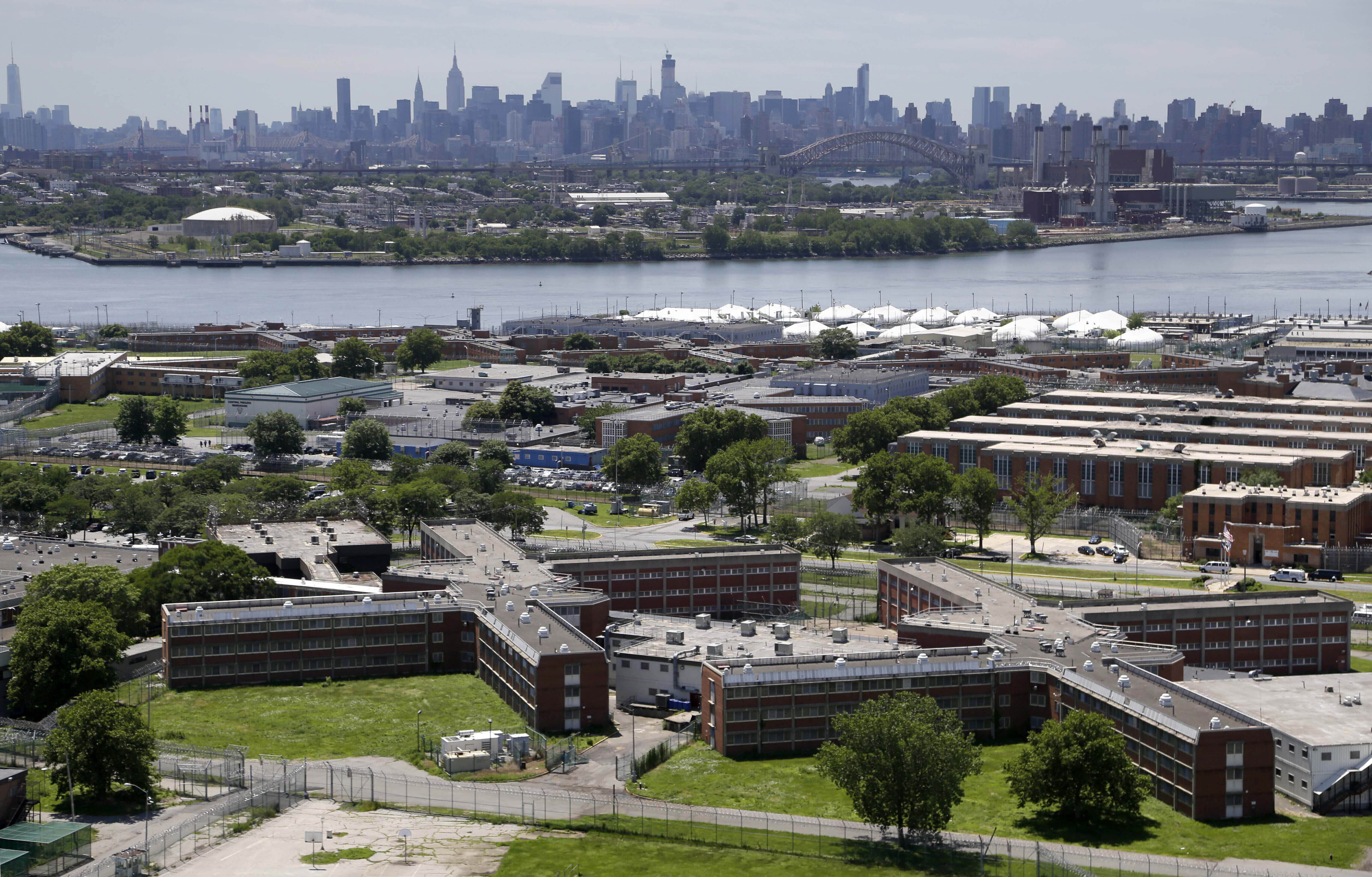NJ Wildfire Suspect Released: Ankle Monitor Signals Ongoing Case
NJ Wildfire Arson Suspect Freed: Ankle Monitor Signals Ongoing Investigation
Introduction: A Spark of Controversy in Ocean County
The air hangs heavy with questions in Ocean County, New Jersey, following the release of 19-year-old Joseph Kling, an arson suspect connected to the devastating Jones Road Wildfire. His departure from Ocean County Jail on Monday, sporting a GPS ankle monitor, has ignited a fresh wave of public discussion. Is this justice being served, or is it a premature reprieve? Let's delve into the details and explore the complexities surrounding this case.
Kling's Silent Exit: What Did the Ankle Monitor Say?
The scene outside the Ocean County Jail was tense. As Joseph Kling emerged, a waiting vehicle whisked him away. But it wasn't his departure that caught the eye, it was the GPS ankle monitor prominently displayed on his leg. He refused to answer any questions, leaving onlookers to speculate about the implications of his release and the ongoing investigation. This visual confirmation of his restricted freedom speaks volumes even in the absence of verbal statements.
Judge's Decision: A Risky Balance
Why release someone accused of such a serious crime? Judge Pamela Snyder acknowledged the "great risk" Kling poses. She cited "extraordinary circumstances" as the basis for her decision to release him under strict conditions. It's a tightrope walk between upholding justice and recognizing individual circumstances, a balance that often leaves many feeling uneasy.
"Thankful" for Restricted Freedom: Attorney's Perspective
Kling’s attorney, Joseph Compitello, expressed gratitude for the judge's decision, stating that his client and his family are "thankful" for the release, even with the imposed restrictions. But does gratitude equate to innocence? Of course not. This statement highlights the relief but doesn't diminish the seriousness of the allegations.
The Jones Road Wildfire: A Chain Reaction of Accusations
The judge laid bare the heart of the matter: Kling and a 17-year-old co-defendant are accused of igniting a chain of events that led to the Jones Road Wildfire. Allegedly, they brought wooden pallets to a secluded area in Ocean Township and, using gasoline, started a bonfire on the night of April 21. This reckless act, if proven true, had devastating consequences for the environment and potentially for lives.
The Alleged Bonfire: More Than Just a Blaze
How a Bonfire Became a Wildfire
A bonfire might seem like harmless fun to some, but in dry conditions, fueled by accelerants, it can quickly spiral out of control. The line between youthful indiscretion and criminal negligence blurs when the consequences are this severe. The allegations suggest a direct link between their actions and the resulting wildfire, making this more than just an accidental blaze.
The 17-Year-Old Co-Defendant: Awaiting His Fate
The article mentions the 17-year-old co-defendant but cuts off before revealing his current status. What is his story? Is he still in custody? Is he cooperating with the investigation? These unanswered questions add another layer of complexity to the narrative. What happened last week? This truncated statement leaves the reader hanging, emphasizing the ongoing nature of the case.
GPS Monitoring: The Electronic Leash
How Does a GPS Ankle Monitor Work?
A GPS ankle monitor isn't just a symbolic shackle; it's a sophisticated tracking device. It uses satellite technology to pinpoint the wearer's location in real-time, allowing law enforcement to monitor their movements and ensure compliance with court-ordered restrictions. It sends notifications when the individual is outside an allowed area, and some models also include the ability to record conversations or other sounds within a limited range.
Home Detention: A Comfort or a Confinement?
The Restrictions of House Arrest
Home detention, while seemingly less restrictive than jail, presents its own set of challenges. It confines the individual to their residence, often with limited exceptions for work, medical appointments, or religious services. This can lead to feelings of isolation, frustration, and a constant reminder of the legal proceedings hanging over their head. Imagine being trapped in your own home, knowing every move is being watched.
The Legal Process: A Long and Winding Road
Kling's release is just one step in a potentially lengthy legal process. From investigation and evidence gathering to hearings and potential trial, the road to a final verdict is often fraught with delays, legal maneuvering, and emotional stress for all parties involved. It's a marathon, not a sprint, and the outcome remains uncertain.
Community Impact: Fear and Uncertainty
The Jones Road Wildfire undoubtedly left a lasting impact on the Ocean Township community. Beyond the immediate damage to property and the environment, it also created a sense of fear and uncertainty. Residents may worry about the possibility of future incidents and question the effectiveness of efforts to prevent them. The scars of a wildfire run deep, both physically and emotionally.
The Arson Charge: A Serious Accusation
Understanding Arson Laws in New Jersey
Arson is a serious crime with significant penalties, reflecting the potential for widespread damage and loss of life. In New Jersey, arson laws vary depending on the severity of the offense, ranging from property damage to aggravated arson that results in injury or death. The specific charges against Kling and his co-defendant will depend on the evidence presented and the prosecution's assessment of the circumstances.
Environmental Damage: The Unseen Consequences
Wildfires wreak havoc on ecosystems, destroying habitats, polluting the air and water, and contributing to climate change. The long-term ecological consequences of the Jones Road Wildfire may not be fully understood for years to come. It's a reminder that our actions, no matter how small they may seem, can have a profound impact on the environment.
The Role of Evidence: Building a Case
The prosecution's case against Kling and his co-defendant will rely heavily on evidence. This could include witness testimonies, forensic analysis of the fire scene, and any statements made by the accused. The defense will likely challenge the evidence and attempt to raise doubts about the prosecution's claims. It's a battle of narratives, with both sides striving to convince the court of their version of events.
Public Opinion: A Court of Its Own
In high-profile cases like this, public opinion often plays a significant role, even though it shouldn't directly influence the legal proceedings. Social media and news coverage can amplify emotions and create a climate of judgment, making it difficult for the accused to receive a fair trial. The court of public opinion can be swift and unforgiving, even before all the facts are known.
Conclusion: Unanswered Questions and Ongoing Justice
Joseph Kling's release with a GPS ankle monitor raises more questions than answers. While his attorney expresses gratitude, the severity of the arson allegations and the devastating impact of the Jones Road Wildfire cannot be ignored. The ongoing investigation and legal proceedings will determine his ultimate fate. The community watches, waits, and hopes for justice to be served, balancing accountability with fairness. This situation serves as a potent reminder of the potential consequences of reckless actions and the importance of responsible fire safety practices.
Frequently Asked Questions
Q: What exactly is a GPS ankle monitor and how does it work?
A: A GPS ankle monitor is a device worn on the ankle that uses satellite technology to track the wearer's location in real-time. It allows law enforcement or probation officers to monitor the individual's movements and ensure compliance with court-ordered restrictions, such as staying within a defined geographical area.
Q: What are the potential penalties for arson in New Jersey?
A: Penalties for arson in New Jersey vary depending on the severity of the offense, ranging from fines and probation to lengthy prison sentences. Aggravated arson, which involves injury or death, carries the most severe penalties.
Q: What does it mean to be released on home detention?
A: Home detention, also known as house arrest, means that an individual is confined to their residence, often with limited exceptions for work, medical appointments, or religious services. It is a form of alternative sentencing that allows the individual to remain in the community while still being subject to strict supervision.
Q: How can wildfires be prevented?
A: Wildfires can be prevented through a combination of responsible fire safety practices, such as properly disposing of cigarettes, clearing brush and debris around homes, and being cautious when using fire in outdoor settings. Public education campaigns and proactive forest management also play a crucial role.
Q: What are the long-term environmental impacts of wildfires?
A: Wildfires can have significant long-term environmental impacts, including loss of habitat, soil erosion, water pollution, and increased greenhouse gas emissions. The recovery process can take years or even decades, and some ecosystems may never fully recover.



